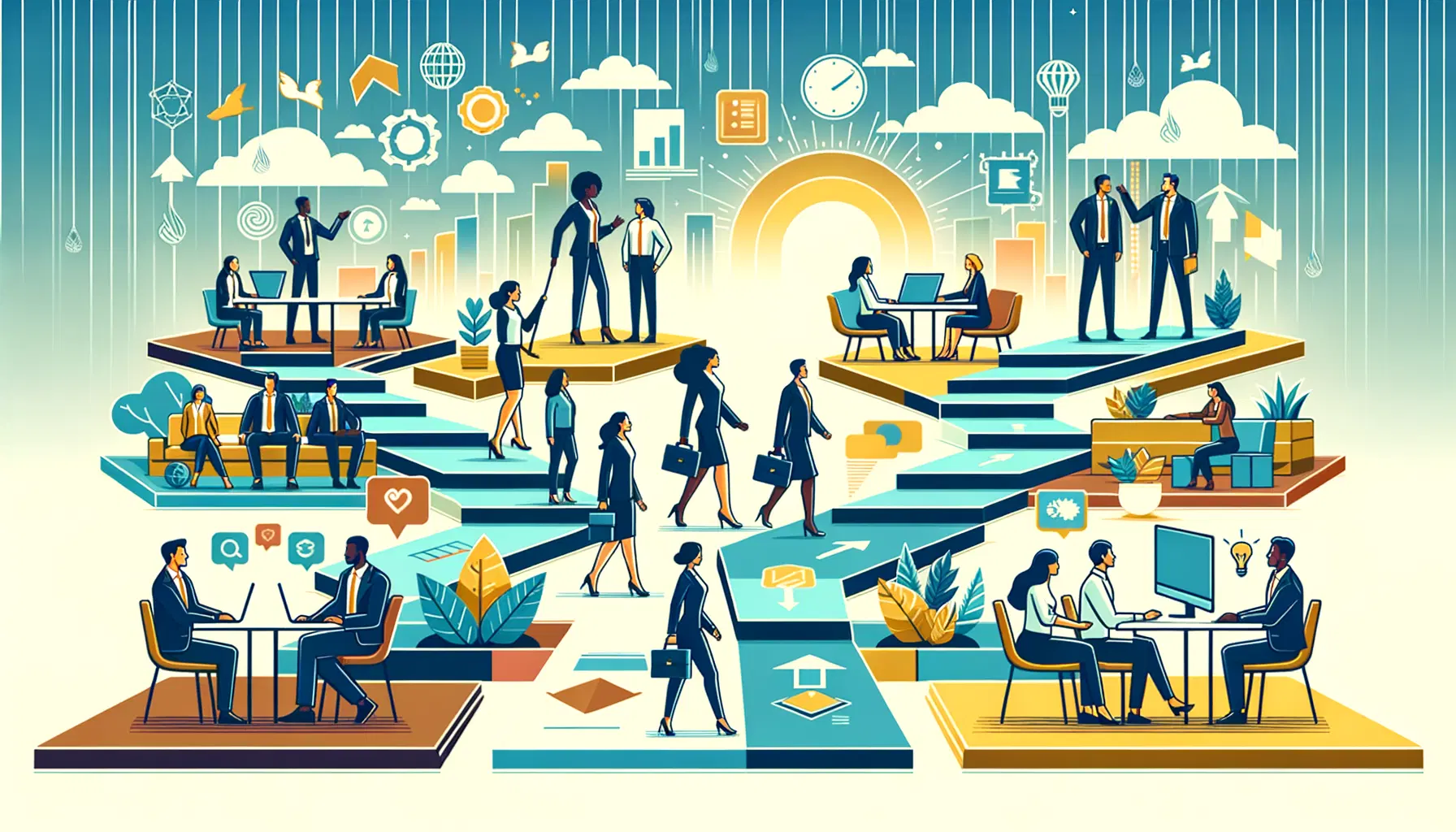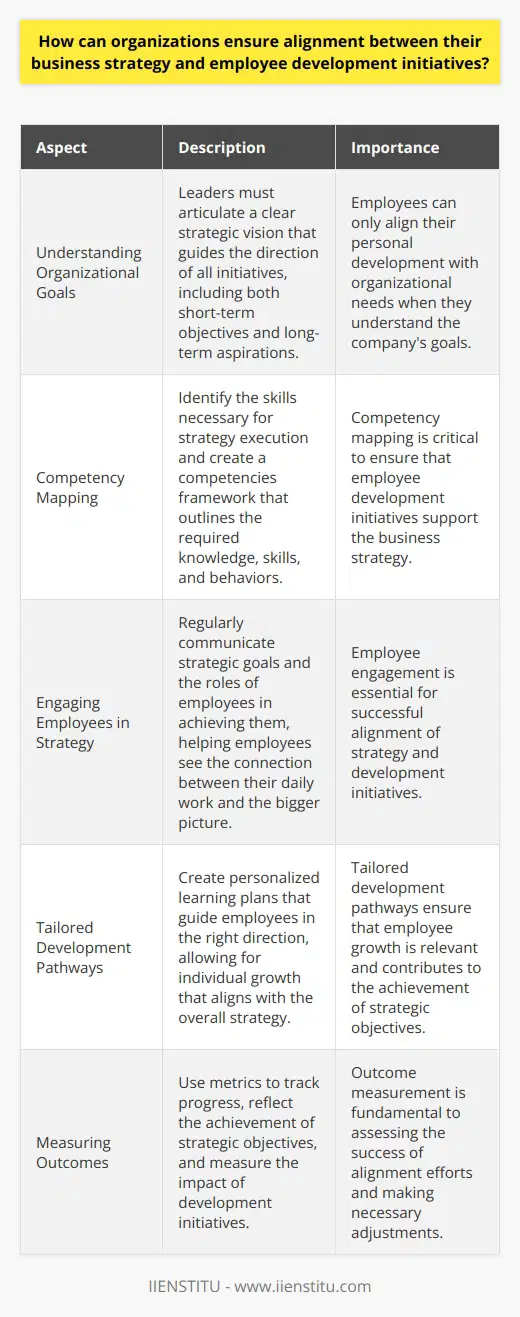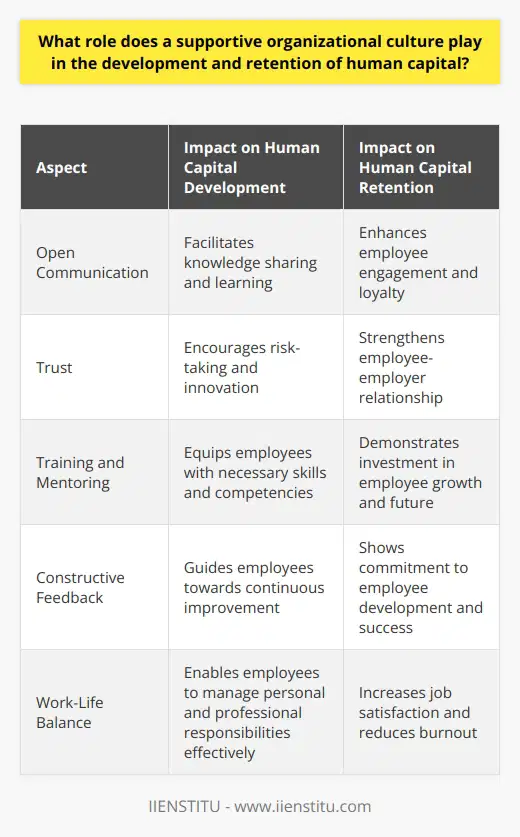
Human capital encompasses the wealth of talents, skills, knowledge, and experiences possessed by an individual, which contribute to their potential to perform labor so as to produce economic value. It is a measure of the economic value of an employee's skill set. This concept, rooted deeply in economic theory, has evolved steadily since its inception and has become a critical facet for both firms and nations aiming to achieve sustainable development and competitive advantage. Understanding human capital is not merely an academic exercise; it is a strategic imperative that underpins the capacity for innovation, productivity, and the overall competitiveness of an organization.
The importance of human capital can hardly be overstated. It plays a pivotal role in fostering economic growth, enhancing societal well-being, and improving the quality of life for individuals globally. The promotive force of human capital in augmenting capabilities and driving progress underscores why organizations and countries invest significantly in human capital development initiatives such as education, healthcare, and professional development.
Understanding Human Capital
The Concept of Human Capital: Human capital theory stipulates that investments in human capabilities generate economic returns, much like investments in physical capital. This theory suggests that education and training are core investments that improve an individual's economic productivity. Furthermore, the contribution of human capital to both individual and economic growth is quite substantial as it enhances not only the employability but also the creative and innovative potential of the workforce.
Constituents of Human Capital: The constituents of human capital are multifaceted but can largely be distilled into four primary sectors: education, skills, health, and experience. Education lays the foundation of knowledge which is vital for personal development and societal contribution. Skills denote the abilities necessary to perform tasks effectively and are honed through practice and continuous learning, while health is fundamental as it affects a person's ability to contribute to labor markets. Experience, accumulated over time, enriches an individual's capability to navigate complex tasks and make informed decisions.
Importance of Human Capital: Real-world examples, such as the economic transformation of South Korea, underscore the significance of human capital. Investing heavily in education and skills development since the 1960s, South Korea transitioned from a poor agrarian economy to a high-income industrialized nation. The role of human capital in economic development is therefore not mere theory; it's a practice with observable metrics.
Unemployment Compensation: Critical Examination and Implications
Total Rewards: A Comprehensive Approach to Employee Compensation
Human Capital Development
Role of Education and Health in Human Capital Development: The role of education in human capital development cannot be emphasized enough; it is the cornerstone of a knowledgeable and competent workforce. Quality education equips individuals with the critical thinking skills necessary to innovate and improve processes.
Skill Development and Training: Skill development and training are also crucial elements in human capital development. Companies often engage in hr certificate programs and online courses to ensure their employees stay current with the latest industry trends and technologies. Continuous learning not only maintains but enhances the human capital value of the workforce.
Importance of Experience and Knowledge: Experience is an invaluable component of human capital. Through experience, individuals develop a nuanced understanding of their work, fostering expertise that can lead to innovation and leadership. Knowledge—or the assimilation and application of information—similarly plays an influential role in boosting human capital.
Measuring Human Capital
Tools to Measure Human Capital: There are various tools designed to measure human capital, such as educational attainment, workforce skills assessment, and health metrics. Each tool has its own pros and cons; for instance, education levels provide a useful proxy for determining the quality of human capital, but do not fully capture on-the-job learning or the quality of education received.
The Challenges of Measuring Human Capital: The challenges in measuring human capital are manifold. Quantitative measurements can often overlook the qualitative aspects of human capabilities such as motivation, personality, and social skills, which are pivotal in many professions.
Solutions to Overcome these Barriers: Solutions to improve human capital measurement could involve the integration of big data analytics and qualitative assessments, aimed at capturing a more holistic view of an individual's capability and performance potential.
Affirmative Action: An Essential Strategy for Workplace Diversity
Realizing Talent through Corporate HR: Recruitment and Selection
Human Capital and Future Trends
Impact of Technological Advances on Human Capital: Technological advances have profound impacts on human capital, as automation and artificial intelligence redefine the necessary skills for employment. Digital literacy is swiftly becoming an integral component of modern human capital, as the ability to navigate digital tools is increasingly indispensable in the workplace.
How Global Trends affect Human Capital Development: Global trends such as globalization and demographic shifts also play an influential role in shaping the trajectory of human capital development. These trends compel a re-evaluation of the types of skills and knowledge that will be of value in future economies.
Predicting Future Human Capital needs: Predicting future human capital needs involves a careful analysis of economic, technological, and demographic trends. This foresight enables policymakers and business leaders to anticipate the skills that will be in demand and to tailor education and training programs accordingly.
Case Studies
Country-specific Examples of Human Capital Development
Examining country-specific case studies offers tangible insights into the successes and challenges of human capital development. For instance, Finland's investment in comprehensive education reflects positively on its innovation and economic resilience.
Role of Human Capital in Transforming Economies
Countries that have successfully leveraged human capital are often those with the most dynamic and robust economies. It's clear from these accounts that strategic investment in human capital is at the heart of transforming an economy from low productivity to high innovation and growth.
Reflecting on the discourse, the importance of human capital becomes exceedingly clear. As economies continue to evolve, the scope for further studies and strategies aimed at understanding and cultivating human capital will not only remain relevant but become ever more critical.
Frequently Asked Questions
What are the key indicators of effective employee development in relation to enhancing human capital?
Understanding Effective Employee Development
Effective employee development stands crucial. It directly correlates with enhancing human capital. It serves as a measure. It relays information about an organization's growth potential. It's about an organization's success investment.
Indicators of Effective Development
Clear Skill Advancement
Employees gain new skills. They acquire relevant knowledge. This strengthens their job performance. Tracking progress reveals development success.
Improvement in Job Performance
Performance metrics should reflect growth. They include quality, efficiency, and output. Positive changes signify effective development.
Increased Engagement and Satisfaction
Engaged employees show enthusiasm. They remain committed. Satisfaction surveys often reveal this. Engagement and satisfaction grow with good development.
Higher Retention Rates
Retention rates are a tell-tale sign. They imply satisfaction from development. They show alignment with the company’s growth.
Succession Planning Success
Smooth transitions in leadership roles suggest readiness. It indicates the presence of a talent pipeline. It points to a systematic development approach.
Feedback and Adaptation
Frequent feedback is essential for growth. It must be constructive. It ensures development programs adapt effectively.
Certifications and Qualifications
Employees achieving professional milestones indicate progress. They show that development leads to recognized improvements.
Aligning Development and Capital Enhancement
Strategic Alignment
Employee development must align with company goals. It must support strategic objectives. This ensures relevance.
ROI on Development Programs
Investments in development show results over time. They can be measured. They reflect in productivity and innovation.
Cultural Integration
Development resonates with company values. It fits within the corporate culture. Employees thrive in such environments.
Leadership Involvement
Leaders must champion development programs. They set the tone. Their involvement reflects belief in human capital value.
Lifelong Learning Culture
Organizations that prioritize continuous learning see growth. They instill a culture of curiosity. They pave the way for ongoing human capital enhancement.
Key indicators of effective employee development are many. They signal the growth of human capital. They are the yardsticks by which we measure success. They inform us about the future. They reveal the true investment in an organization's people.

How can organizations ensure alignment between their business strategy and employee development initiatives?
Aligning Strategy and Employee Development
Organizations often face the challenge of ensuring their business strategies go hand in hand with employee development initiatives. Achieving such alignment requires meticulous planning and execution. It begins with a clear understanding of the business's strategic goals and the competencies employees need to achieve these goals.
Understanding Organizational Goals
First, leaders must articulate their strategic vision. This vision guides the direction of all initiatives. Clearly defined goals influence organizational activities. They include both short-term objectives and long-term aspirations. Employees must understand these goals. Only then can they align personal development with organizational needs.
Mapping Competencies to Strategy
Competency mapping is critical. Leaders must identify the skills necessary for strategy execution. They must know which competencies drive success. A competencies framework should support the business strategy. It should outline the necessary knowledge, skills, and behaviors.
Engaging Employees in Strategy
It is essential to engage employees. Communication is key. Employees require regular updates on strategic goals and their roles. They need to see the connection. To their daily work. To the bigger picture.
Integrative Planning
Development initiatives must integrate with strategy. This integration ensures relevance. It means training programs reflect strategic competencies. It means personal development aligns with business needs.
Continuous Feedback Loops
Feedback loops enable alignment checks. Leaders should provide frequent feedback. Feedback about performance. About development needs. About expectations. Employees should feel empowered to seek feedback, too.
Tailored Development Pathways
Development should not be one-size-fits-all. Tailored pathways allow for individual growth. Growth that aligns with strategy. Personalized learning plans help. They guide employees in the right direction.
Measuring Outcomes
Outcome measurement is fundamental. It assesses alignment success. Metrics should track progress. They should reflect the achievement of strategic objectives. They should measure the impact of development initiatives.
Adapting to Change
Change is constant. Aligning strategy and development is an ongoing process. Organizations must be agile. They must adapt development initiatives as strategies evolve. They must ensure that learning is continuous. That it evolves with the business landscape.
Cultivating a Learning Culture
A learning culture supports alignment. It encourages continuous improvement. It makes learning part of the job. It makes development an expectation. It fosters an environment where strategy and growth go hand in hand.
Communicating the Value of Development
The value of development initiatives must be clear. Employees must see the benefits. To their career progression. To their achievement of business objectives. Communication should underscore this value.
Organizations that master this alignment position themselves for success. They build a workforce capable of executing their strategy. They foster a culture of growth. They ensure that their investment in people drives their business forward.

What role does a supportive organizational culture play in the development and retention of human capital?
Organizational Culture and Human Capital
Organizations today recognize the value of human capital. The development and retention of this capital hinges on various factors. One such factor is organizational culture. It plays a key role in shaping a work environment that fosters growth, satisfaction, and loyalty among employees.
Defining Supportive Culture
Supportive organizational culture emphasizes employee well-being. It promotes open communication. Trust forms its backbone. Employees feel valued in such settings. They enjoy a sense of belonging. This atmosphere can greatly influence motivation and engagement.
Culture Impacts Development
Development relies on opportunities and support. A supportive culture provides both. Employees gain access to training and mentoring. They are encouraged to take initiative. Feedback in such cultures is constructive. It propels personal and professional growth. This leads to a skilled and competent workforce.
Retention Through Support
Retention issues often stem from dissatisfaction. A supportive culture tackles this head-on. It creates a satisfying workplace. Employees have a strong reason to stay. Work-life balance is given importance. Recognition and appreciation are frequent. These factors contribute to a lower turnover rate.
Encouraging Innovation
Innovation is crucial for competitiveness. A supportive culture nurtures innovative thinking. Employees feel safe to experiment. They are not afraid of failure. Risks are seen as learning opportunities. This attitude can lead to groundbreaking ideas and improvements.
Enhanced Collaboration
Collaboration often spells success in projects. Supportive cultures foster teamwork. Diverse perspectives are welcomed. Synergy happens more naturally. This can result in more efficient and effective outcomes. It can also enhance the sense of shared purpose.
Attracting Talent
A positive culture serves as a magnet. Potential hires seek workplaces that support their growth. They value environments where they can contribute meaningfully. Organizations with supportive cultures attract top talent.
In sum, a supportive organizational culture is vital. It underpins the development and retention of human capital. It encourages growth, satisfaction, and loyalty. This, in turn, benefits the organization as a whole. It becomes more innovative, collaborative, and competitive. A supportive culture is not just a good-to-have. It is essential for the success of any organization.



